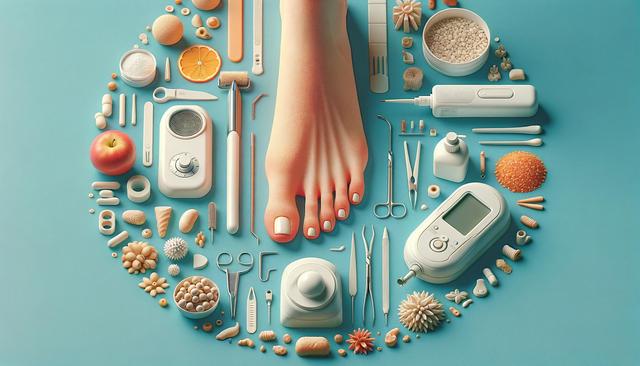Understanding What Causes Calluses
Calluses are thickened, hardened areas of skin that form in response to repeated friction, pressure, or irritation. They often appear on feet, especially heels and balls of the feet, but can also develop on hands or other areas subject to constant rubbing. Common causes include:
- Wearing tight or ill-fitting shoes
- Walking barefoot frequently
- Manual labor or repetitive hand movements
- Extended use of tools or sports equipment
While calluses are not usually harmful, they can become uncomfortable or even painful if left untreated. Understanding the cause of calluses is the first step in both prevention and effective removal.
Home Remedies for Callus Removal
Many people opt to treat calluses at home using accessible and simple methods. These remedies are generally effective for mild to moderate calluses and can be done with items found in most households. Some popular at-home approaches include:
- Soaking the affected area in warm, soapy water for 10–20 minutes to soften the skin
- Using a pumice stone or foot file to gently exfoliate the callused area
- Applying moisturizing creams, especially those containing urea, salicylic acid, or ammonium lactate
- Wearing cushioned pads or insoles to relieve pressure
It’s crucial to avoid cutting calluses with sharp objects or using harsh chemicals, as these methods can lead to infection or further skin damage. Consistency with gentle care will deliver safer and more lasting results.
Over-the-Counter Products and Tools
For those seeking more targeted solutions, various over-the-counter (OTC) products are available for callus removal. These products are designed to soften and gradually eliminate hardened skin while minimizing discomfort. Common OTC options include:
- Callus remover creams with exfoliating agents
- Adhesive pads with medicated discs containing salicylic acid
- Electric callus removers that gently buff away thickened skin
- Moisturizing socks or gloves infused with hydrating ingredients
Before using any product, it’s important to read the instructions carefully and consider any existing skin conditions. People with diabetes or poor circulation should consult a healthcare provider before attempting removal, as improper care can lead to complications.
When to See a Professional
In certain cases, professional intervention may be the safest and most effective approach. A podiatrist or dermatologist can assess the severity of the callus and recommend suitable treatments, which may include:
- Debridement, a controlled trimming of thickened skin by a medical expert
- Custom orthotics to reduce pressure and prevent recurrence
- Prescription creams with higher concentrations of exfoliating agents
If a callus becomes painful, inflamed, or shows signs of infection such as redness or pus, it’s essential to seek medical attention. Professionals can also help identify any underlying conditions, such as abnormal gait or bone structure, that may be contributing to repeated callus formation.
Preventing Future Calluses
Prevention is a critical part of managing calluses, especially for individuals prone to recurring issues. Taking mindful steps in your daily routine can significantly reduce the chances of callus formation. These include:
- Choosing shoes that fit well and offer proper support
- Wearing socks made of breathable materials to reduce friction
- Using protective gloves when performing repetitive tasks with your hands
- Keeping skin moisturized to prevent dryness and cracking
Developing good foot care habits and addressing pressure points early can help maintain smoother, healthier skin over time. Regular check-ins with a healthcare provider can also ensure that calluses are managed effectively and safely.
Conclusion
Callus removal doesn’t need to be complicated or risky. With the right knowledge and tools, most people can manage and prevent calluses through careful at-home care or professional support when needed. Whether you’re dealing with mild skin thickening or persistent areas of pressure, taking a gentle and consistent approach will protect your skin and keep you comfortable in the long term.












